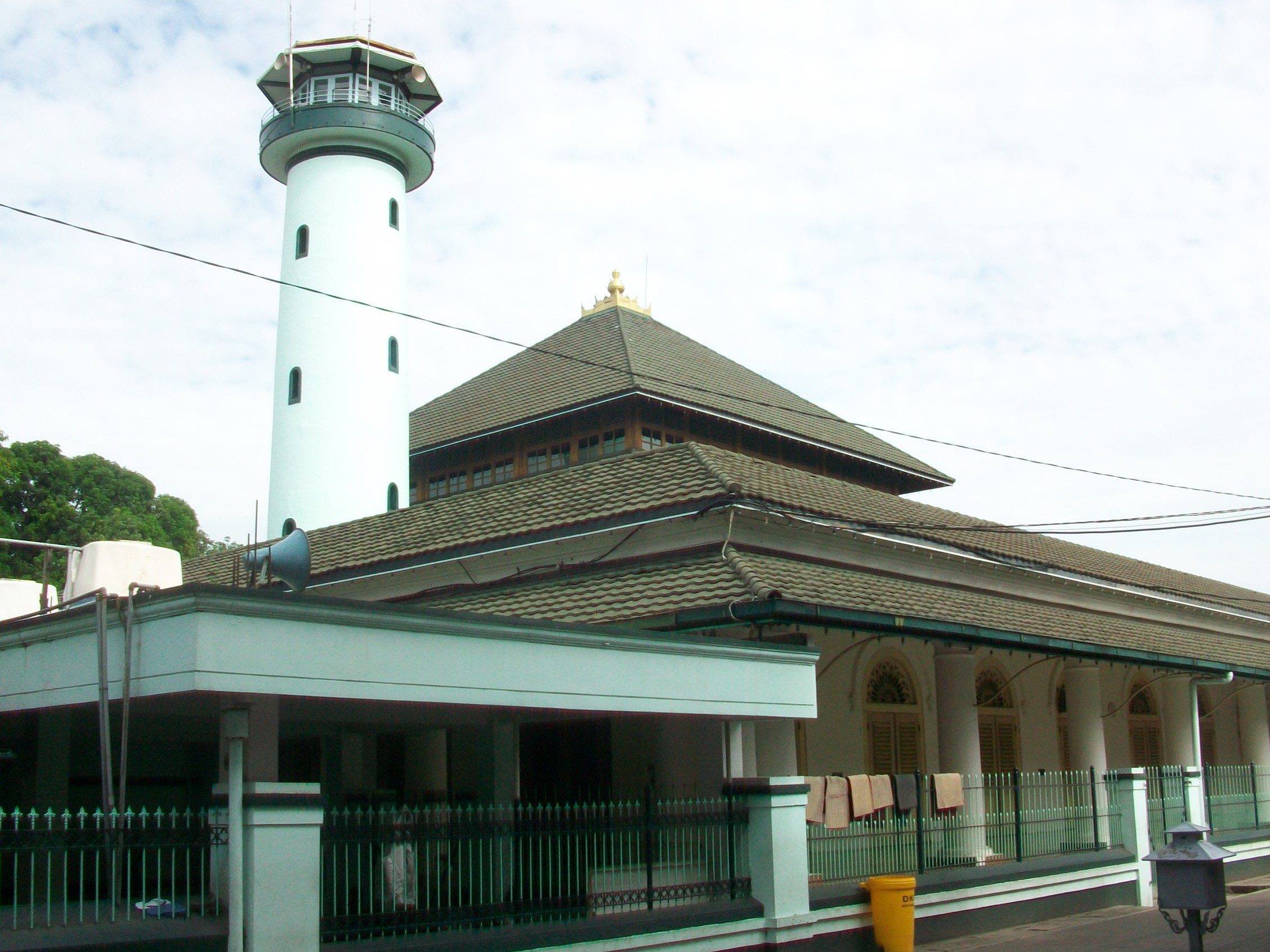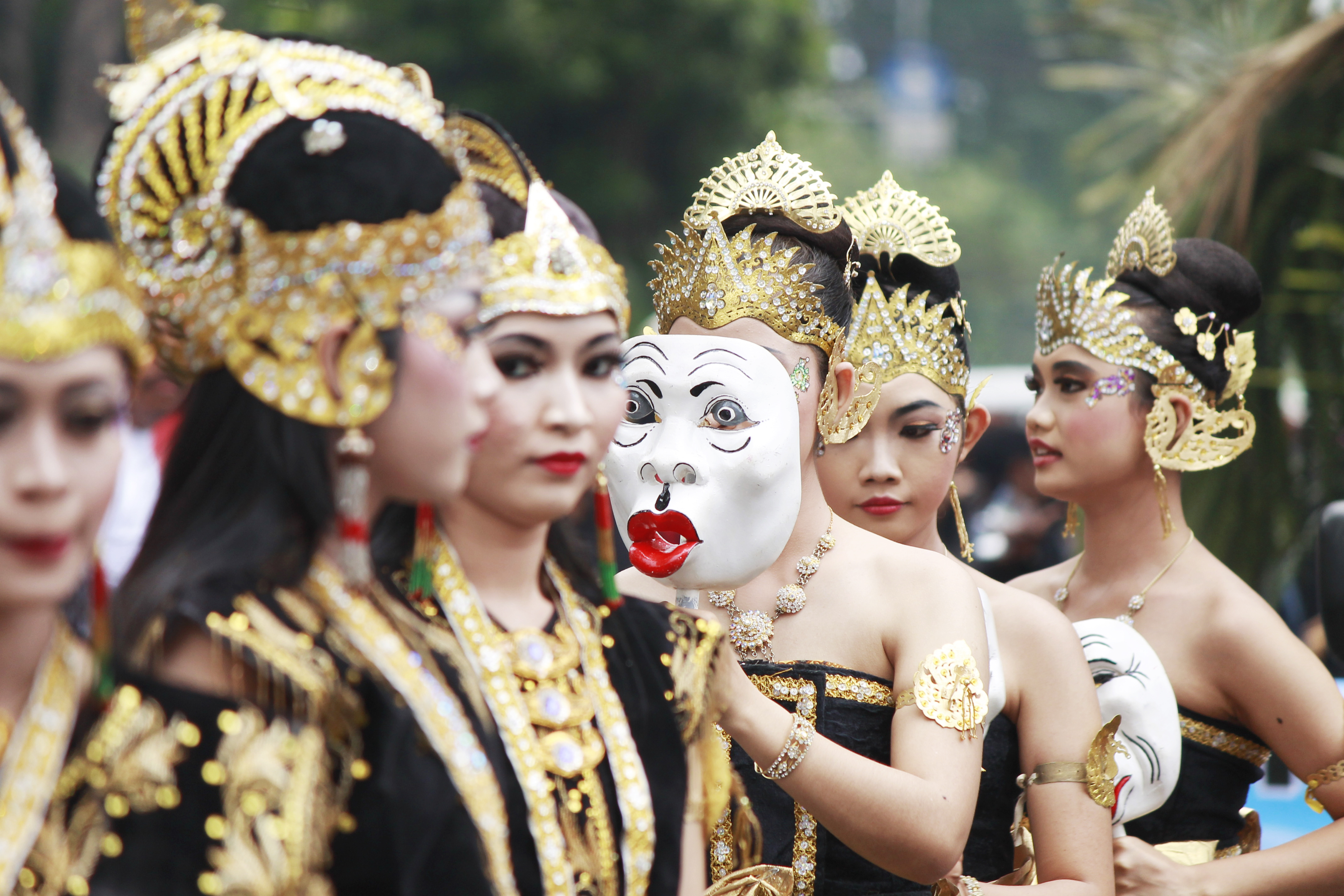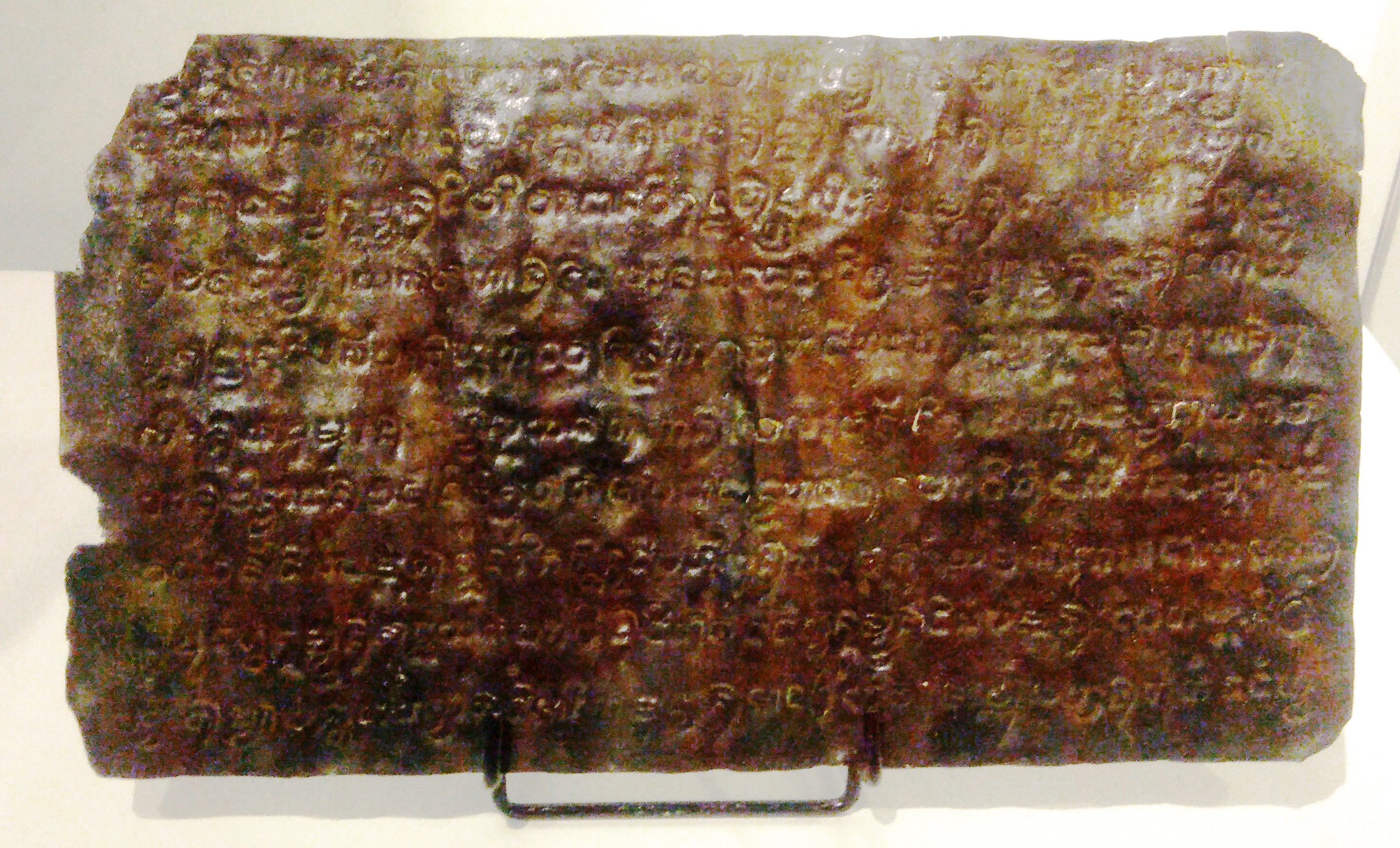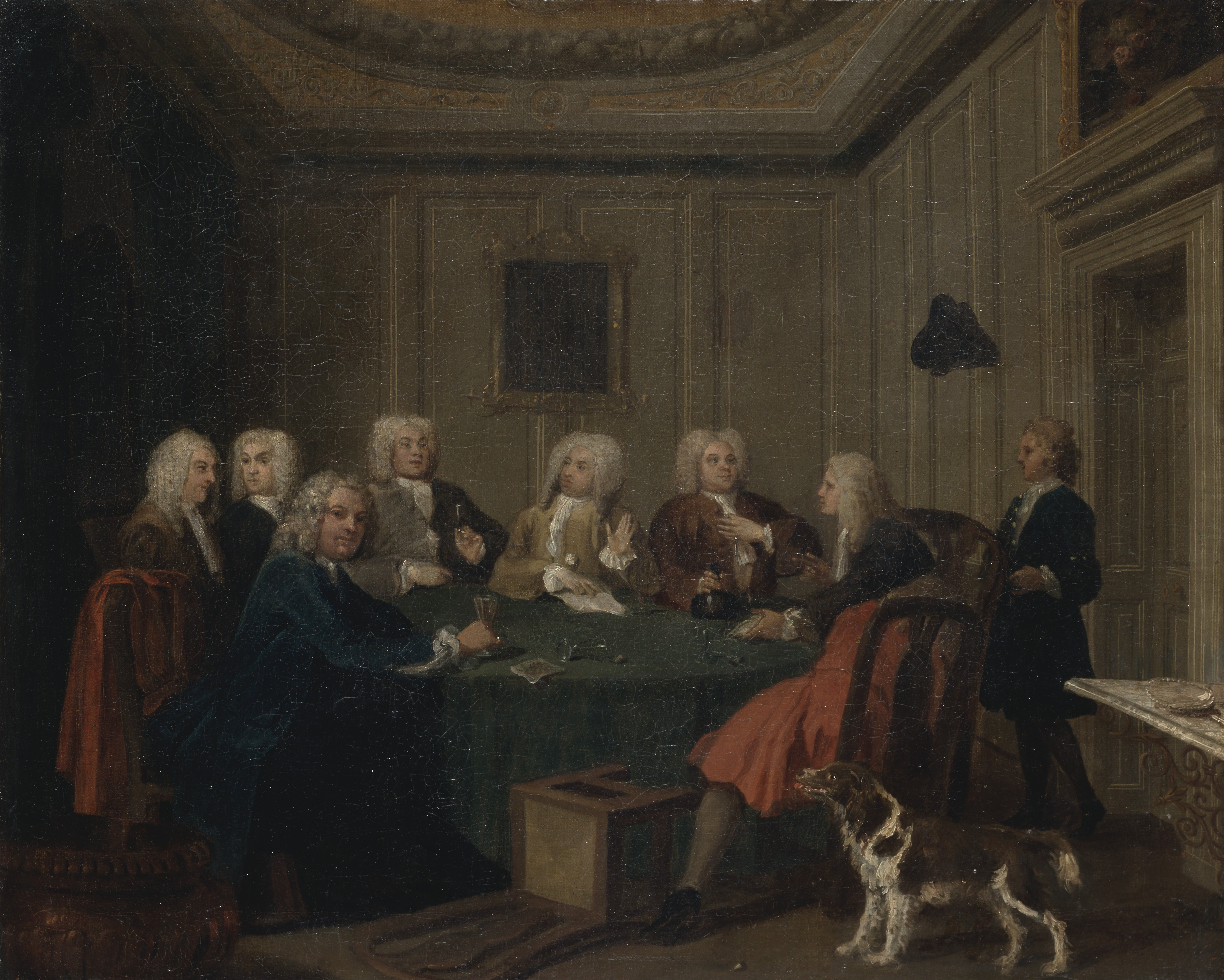|
Tenggerese People
The Tenggerese people are a sub-ethnic group of Javanese people, Javanese in East Java, eastern Java who are centered in the isolated Tengger mountains (Mount Bromo) in the Bromo Tengger Semeru National Park in eastern Java. The majority of the Tenggerese population profess Hinduism in Java, Java Hinduism as their religion. They are the only Javanese ethnic group who have remained Hindu since the Majapahit era after the Osing people, who have been Islamized. Scattered communities of Tenggerese also exist in the Pasuruan Regency, Pasuruan, Probolinggo Regency, Probolinggo, Malang Regency, Malang, and Lumajang Regency, Lumajang Regencies of Indonesia, regencies of eastern Java. They are traditionally believed to be the descendants of the legendary Roro Anteng and Joko Seger. The Tenggerese are considered an ethnic sub-group of the Javanese people. Tengger people do not have a caste system. Their traditions are rooted in customs originating from the Majapahit Empire. History Be ... [...More Info...] [...Related Items...] OR: [Wikipedia] [Google] [Baidu] |
East Java
East Java (, , ) is a Provinces of Indonesia, province of Indonesia located in the easternmost third of Java island. It has a land border only with the province of Central Java to the west; the Java Sea and the Indian Ocean border its northern and southern coasts, respectively, while the narrow Bali Strait to the east separates Java from Bali by around . Located in eastern Java (island), Java, the province also includes the island of Madura Island, Madura (which is connected to Java by the longest bridge in Indonesia, the Suramadu Bridge), as well as the Kangean Islands, Kangean islands and other smaller island groups located further east (in the northern Bali Sea) and the Masalembu Islands, Masalembu archipelago to the north. Its capital is Surabaya, the Largest cities in Indonesia, second largest city in Indonesia, a major industrial center and also a major business center. Banyuwangi is the largest regency in East Java and the largest on the island of Java. The province cover ... [...More Info...] [...Related Items...] OR: [Wikipedia] [Google] [Baidu] |
Cirebonese
The Cirebon or Cirebonese (Indonesian language, Indonesian: ''Orang Cirebon''; Javanese language, Javanese: ''Wong Cirebon''; Sundanese language, Sundanese: ''Urang Cirebon'') are an Austronesian people, Austronesian ethnic group native to Cirebon in the northeastern region of West Java Province of Indonesia. With a population of approximately 2 million, the Cirebonese population are mainly adherents of Sunni Islam. Their native language is #Language, Cirebonese, which combines elements of both Javanese language, Javanese and Sundanese language, Sundanese, but with a heavier influence from Javanese. A recognized ethnic group Initially, Cirebonese ethnicity was closely associated with that of the Javanese people and Sundanese people, Sundanese. However, its presence later led to the formation of its own culture, ranging from a variety of coastal batik that does not follow the standards of the Javanese palace style commonly known as interior batik, until the emergence of traditio ... [...More Info...] [...Related Items...] OR: [Wikipedia] [Google] [Baidu] |
Brāhmī Script
Brahmi ( ; ; ISO 15919, ISO: ''Brāhmī'') is a writing system from ancient India. "Until the late nineteenth century, the script of the Aśokan (non-Kharosthi) inscriptions and its immediate derivatives was referred to by various names such as 'lath' or 'Lat', 'Southern Aśokan', 'Indian Pali', 'Mauryan', and so on. The application to it of the name Brahmi [''sc. lipi''], which stands at the head of the Buddhist and Jaina script lists, was first suggested by T[errien] de Lacouperie, who noted that in the Chinese Buddhist encyclopedia ''Fa yiian chu lin'' the scripts whose names corresponded to the Brahmi and Kharosthi of the ''Lalitavistara'' are described as written from left to right and from right to left, respectively. He therefore suggested that the name Brahmi should refer to the left-to-right 'Indo-Pali' script of the Aśokan pillar inscriptions, and Kharosthi to the right-to-left 'Bactro-Pali' script of the rock inscriptions from the northwest." that appeared as a fully ... [...More Info...] [...Related Items...] OR: [Wikipedia] [Google] [Baidu] |
Kawi Script
The Kawi script or the Old Javanese script (, ) is a Brahmic script found primarily in Java and used across much of Maritime Southeast Asia between the 8th century and the 16th century.Aditya Bayu Perdana and Ilham Nurwansah 2020Proposal to encode Kawi/ref> The script is an abugida, meaning that characters are read with an inherent vowel. Diacritics are used, either to suppress the vowel and represent a pure consonant, or to represent other vowels.De Casparis, J. G. ''Indonesian Palaeography: A History of Writing in Indonesia from the beginnings to c. AD 1500'', Leiden/Koln, 1975, pp. 35-42 with footnotes History The Kawi script is related to the Nāgarī script, Nagari or old-Devanagari script in India. Also called the Prae-Nagari in Dutch publications after the classic work of F.D.K. Bosch on early Indonesian scripts, the early-Nagari form of script was primarily used in the Kawi script form to write southeast Asian Sanskrit and Old Javanese language in central and eastern J ... [...More Info...] [...Related Items...] OR: [Wikipedia] [Google] [Baidu] |
Regencies Of Indonesia
A regency (; ), sometimes incorrectly referred to as a district and previously known as second-level region, is an administrative division of Indonesia, directly under a Provinces of Indonesia, province and on the same level with City status in Indonesia, city (''kota''). Regencies are divided into Districts of Indonesia, districts (''Kecamatan'', ''Distrik'' in Western New Guinea, Papua region, or ''Kapanewon'' and ''Kemantren'' in the Special Region of Yogyakarta). The average area of Indonesian regencies is about , with an average population of 670,958 people. The English name "regency" comes from the Dutch East Indies, Dutch colonial period, when regencies were ruled by (or regents) and were known as in Dutch language, Dutch ( in Javanese and subsequently Indonesian). had been regional lords under the precolonial monarchies of Java. When the Dutch abolished or curtailed those monarchies, the bupati were left as the most senior indigenous authority. They were not, strictly s ... [...More Info...] [...Related Items...] OR: [Wikipedia] [Google] [Baidu] |
Majapahit
Majapahit (; (eastern and central dialect) or (western dialect)), also known as Wilwatikta (; ), was a Javanese people, Javanese Hinduism, Hindu-Buddhism, Buddhist thalassocracy, thalassocratic empire in Southeast Asia based on the island of Java (in modern-day Indonesia). At its greatest extent, following significant military expansions, the territory of the empire and its tributary states covered almost the entire Nusantara (term), Nusantara archipelago, spanning both Asia and Oceania. After a Regreg war, civil war that weakened control over the vassal states, the empire slowly declined before collapsing in 1527 due to an Demak–Majapahit conflicts, invasion by the Demak Sultanate, Sultanate of Demak. The fall of Majapahit saw the rise of History of Indonesia#Islamic civilizations, Islamic kingdoms in Java. Established by Raden Wijaya in 1292, Majapahit rose to power after the Mongol invasion of Java and reached its peak during the era of the queen Tribhuwana Wijayatungga ... [...More Info...] [...Related Items...] OR: [Wikipedia] [Google] [Baidu] |
Mount Bromo
The Bromo (), or Mount Bromo (, ) is an active somma volcano, a Hindu pilgrimage site, and part of the Tengger mountains, in East Java, Indonesia. At it is not the highest peak of the massif, but is the most active and famous. The area is one of the most visited tourist destinations in East Java, and the volcano is included in the Bromo Tengger Semeru National Park. The name Bromo comes from the Javanese pronunciation of Brahma, the Hindu god of creation. At the mouth of the crater, there is an idol of Ganesha, the Hindu god of wisdom which is being worshipped by the Javanese Hindus. Mount Bromo is located in the middle of a plain called "Sea of Sand" (Javanese: Segara Wedi or Indonesian: Lautan Pasir), a nature reserve that has been protected since 1919. A typical way to visit Mount Bromo is from the nearby mountain village of Cemoro Lawang. From there it is possible to walk to the volcano in about 45 minutes, but it is also possible to take an organized jeep tour, ... [...More Info...] [...Related Items...] OR: [Wikipedia] [Google] [Baidu] |
Politeness
Politeness is the practical application of good manners or etiquette so as not to offend others and to put them at ease. It is a culturally defined phenomenon, and therefore what is considered polite in one culture can sometimes be quite rude or simply eccentric in another cultural context. While the goal of politeness is to refrain from behaving in an offensive way so as not to offend others, and to make all people feel relaxed and comfortable with one another, these culturally defined standards at times may be broken within the context of personal boundaries – this is known as ''positive politeness''. Types Anthropologists Penelope Brown and Stephen Levinson identified four kinds of politeness, deriving from Erving Goffman's concept of face: # Negative politeness is the act of making a request less infringing, such as "If you don't mind..." or "If it isn't too much trouble..."; respects a person's right to act freely. This is a variety of ''deference''. There is a greater us ... [...More Info...] [...Related Items...] OR: [Wikipedia] [Google] [Baidu] |
Javanese Script
Javanese script (natively known as ''Aksara Jawa'', ''Hanacaraka'', ''Carakan'', and ''Dentawyanjana'') is one of Indonesia's traditional scripts developed on the island of Java. The script is primarily used to write the Javanese language and has also been used to write several other regional languages such as Sundanese and Madurese, the regional lingua franca Malay, as well as the historical languages Kawi and Sanskrit. It heavily influenced the Balinese script from which the writing system for Sasak developed. Javanese script was actively used by the Javanese people for writing day-to-day and literary texts from at least the mid-16th century CE until the mid-20th century CE, before it was gradually supplanted by the Latin alphabet. Today, the script is taught in the Yogyakarta Special Region as well as the provinces of Central Java and East Java as part of the local curriculum, but with very limited function in everyday use. Javanese script is an abugida writing sy ... [...More Info...] [...Related Items...] OR: [Wikipedia] [Google] [Baidu] |
Banyumasan People
Banyumasan or Banyumasan Javanese ( Javanese: Ngoko: (''Wòng Banyumasan''), Indonesian: ''Orang Banyumasan'') (colloquially known as Javanese Ngapak) is a collective term for a Javanese subgroup native to the Indonesia's westernmost part of Central Java. At approximately ±9 million people, they are concentrated in Banyumas, Cilacap, Kebumen, Purworejo, Purbalingga, and Banjarnegara regencies. The Banyumasan-Javanese speak Banyumasan dialect of Javanese language, a dialect which is often called "''basa ngapak-ngapak''". History Hindu-Buddhist kingdoms era In the first era of Hindu-Buddhist in Indonesia, Banyumasan region divided into Tarumanagara Kingdom's influence in the west and Kalingga Kingdom's influence in the east with Cipamali river or "''Kali Brebes''" as natural borders. The other Hindu-Buddhist Kingdoms that influenced this region is Galuh Kingdom, Mataram Kingdom, Kediri Kingdom, Singhasari Kingdom and Majapahit Empire. After the decline of Majapa ... [...More Info...] [...Related Items...] OR: [Wikipedia] [Google] [Baidu] |







